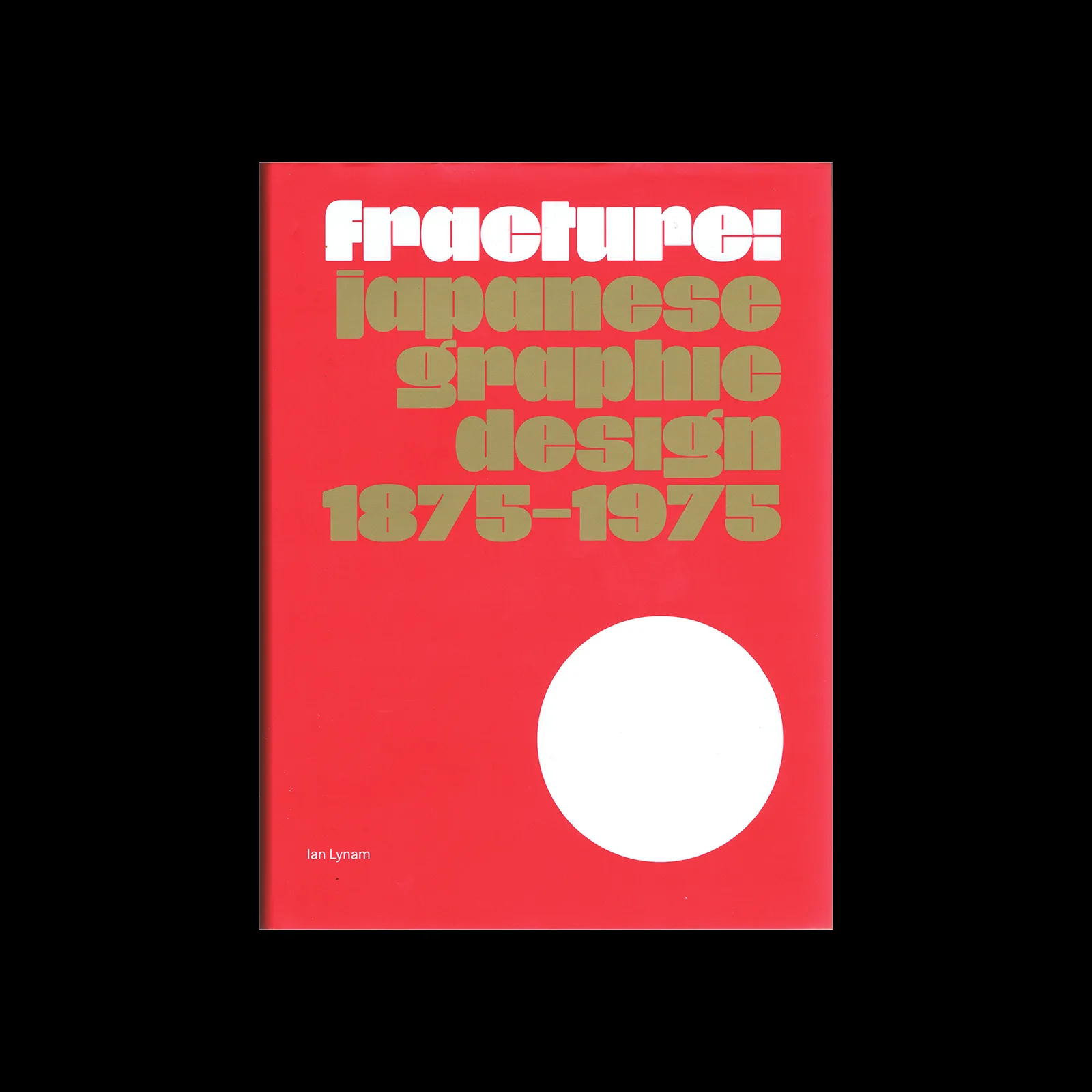
Information
by Ian Lynam (Author)
‘Fracture: Japanese Graphic Design 1875–1975 is a richly illustrated and accessible survey of the history of Japanese graphic design. Designer, educator, critic, and historian Ian Lynam traces the evolution of graphic design in Japan, from its roots in the graphic arts to the cusp of the digital era. Grounded in a series of insightful essays, Fracture offers readers a deep understanding of the profound cultural shifts Japan has experienced since re-opening to the West, exploring themes such as modernity, imperialism, gender, commercialism, sexuality, and aesthetics.’
Details
Linked Information
